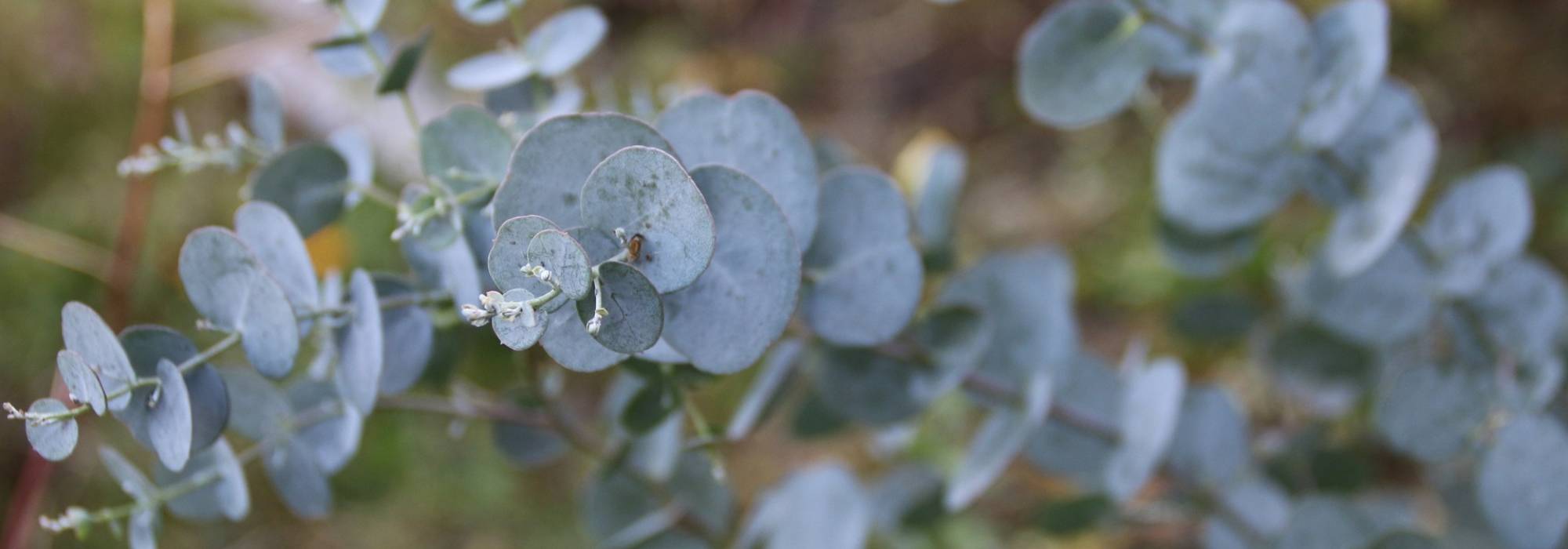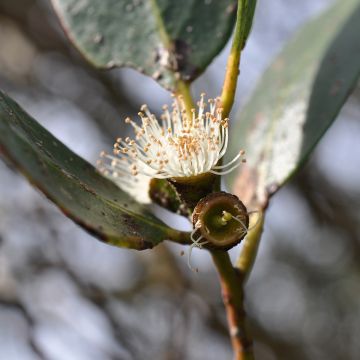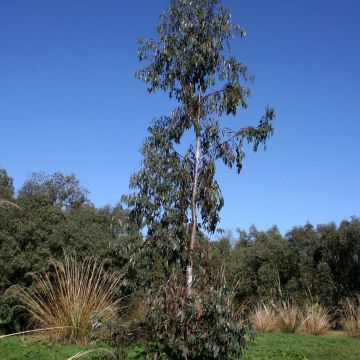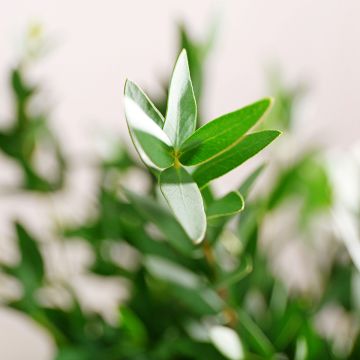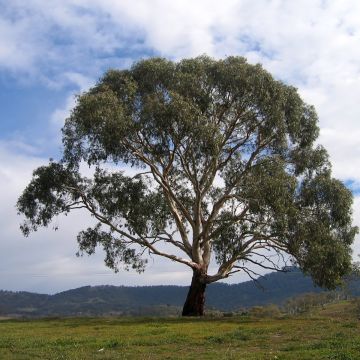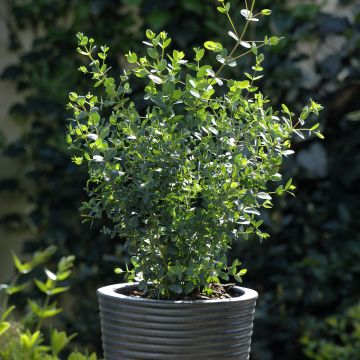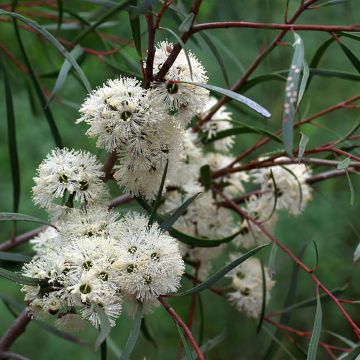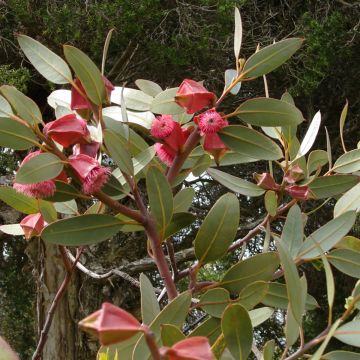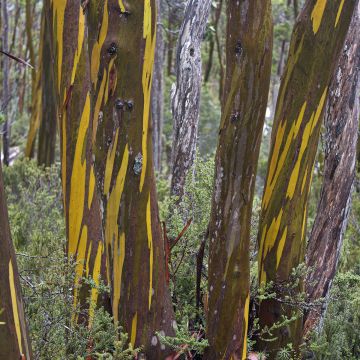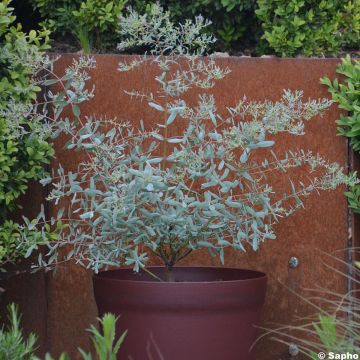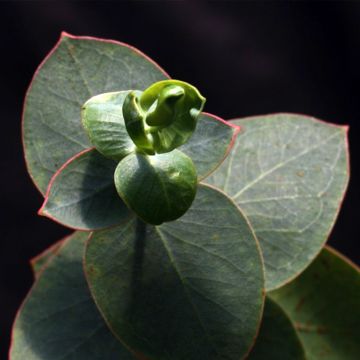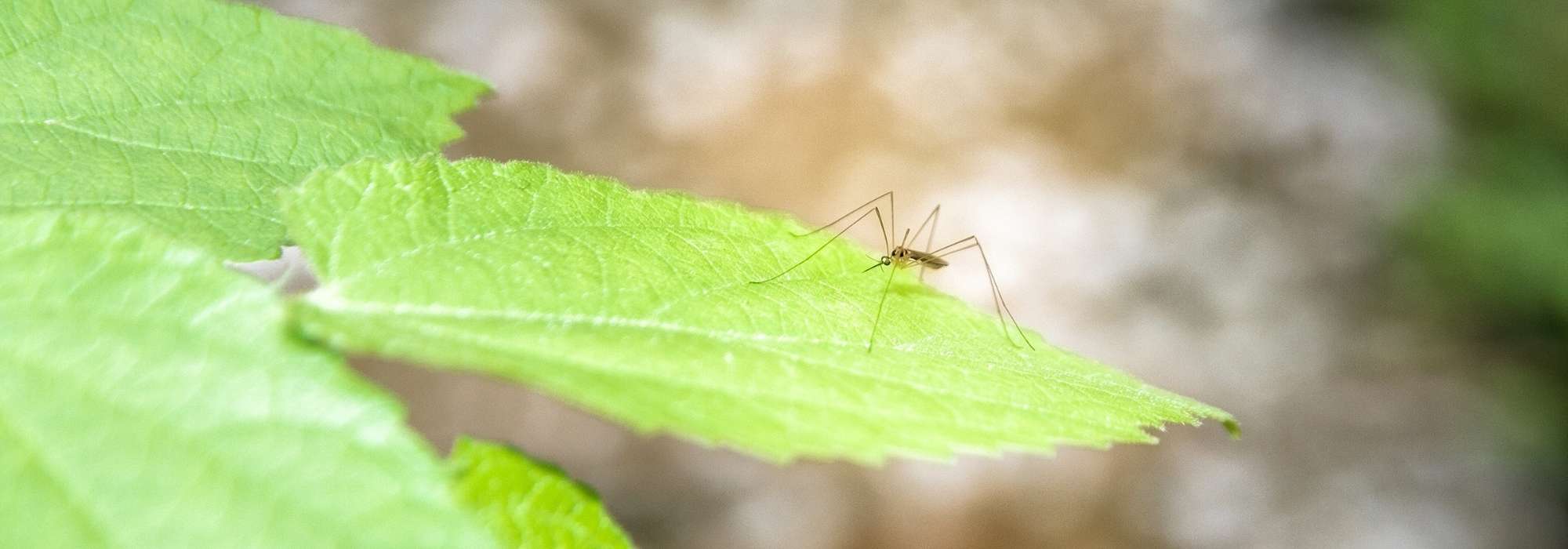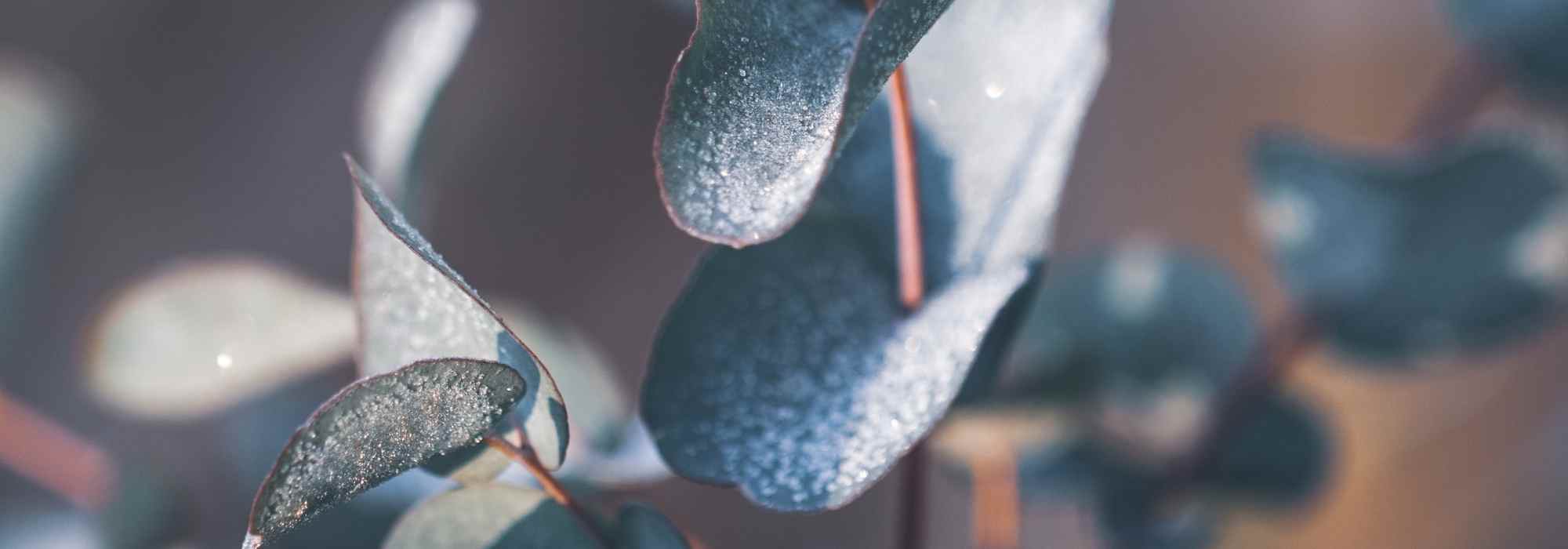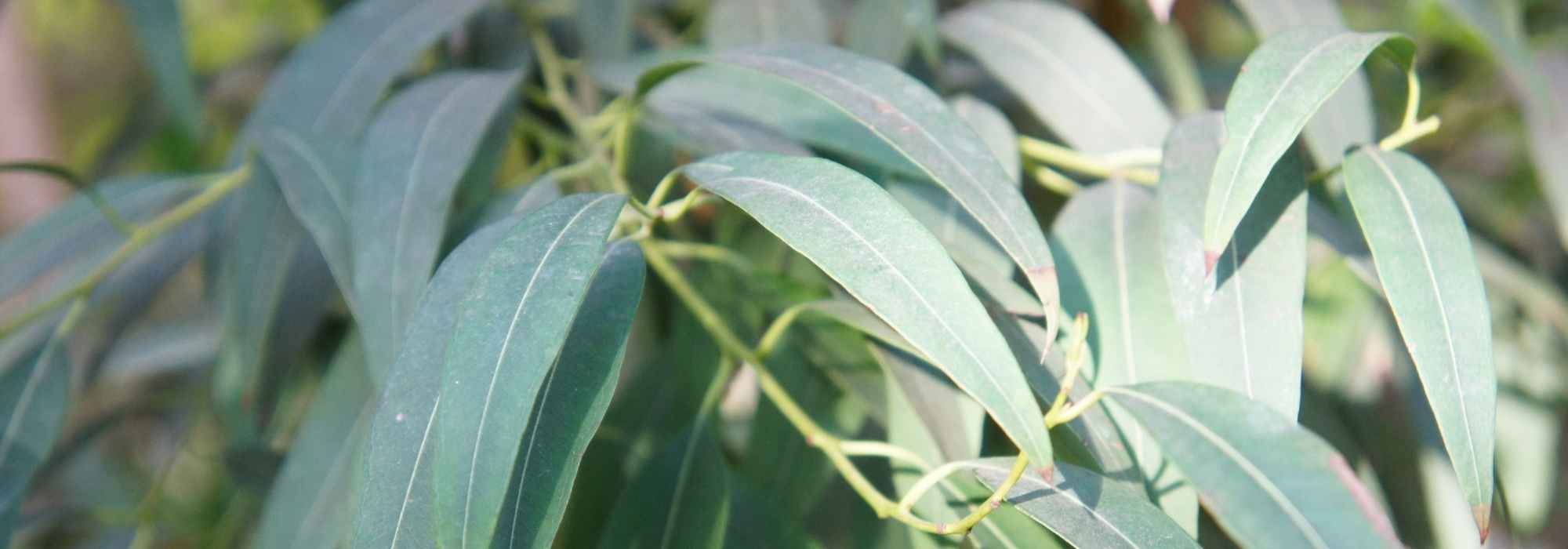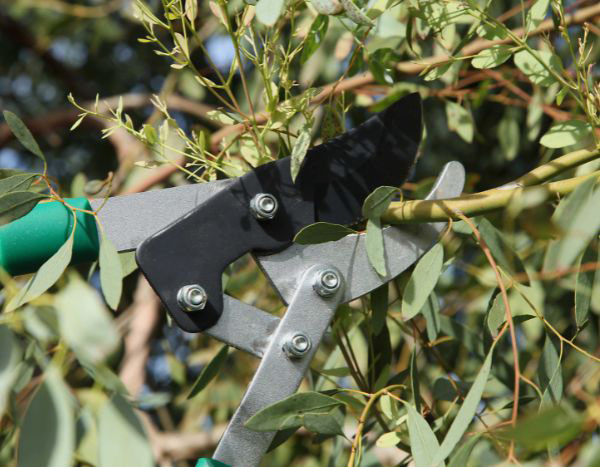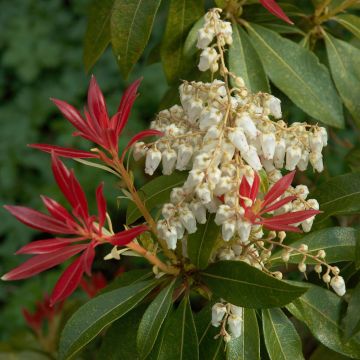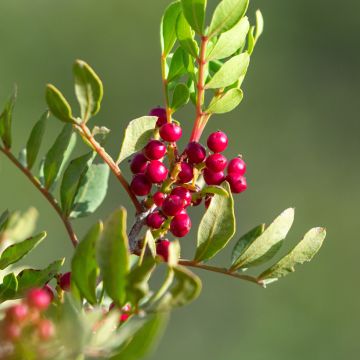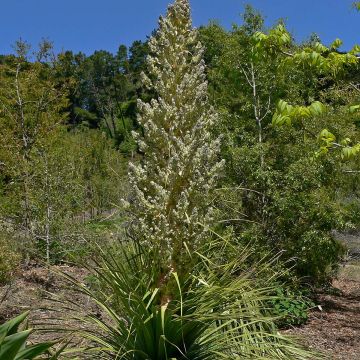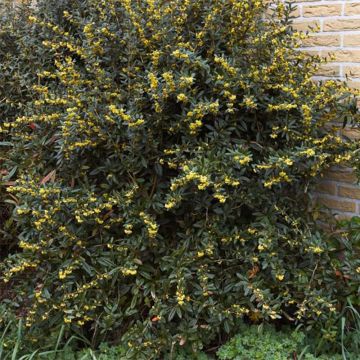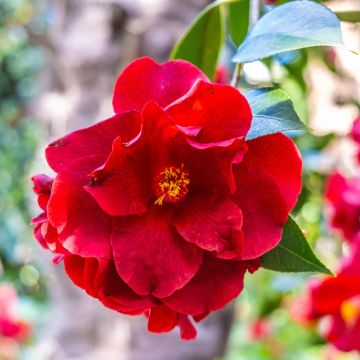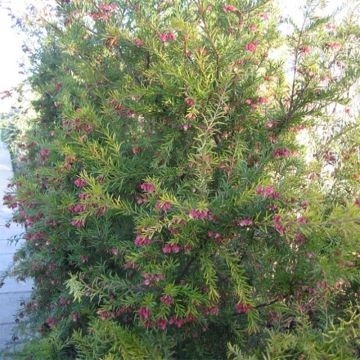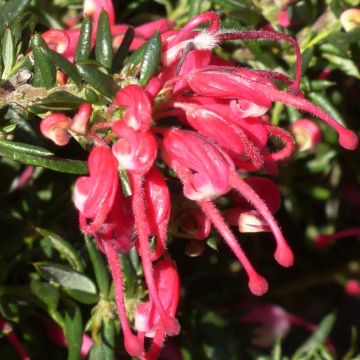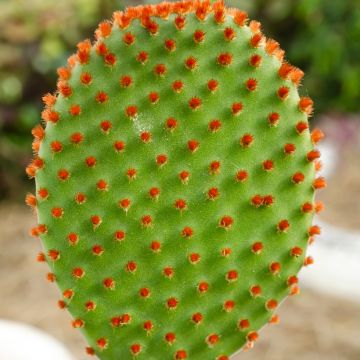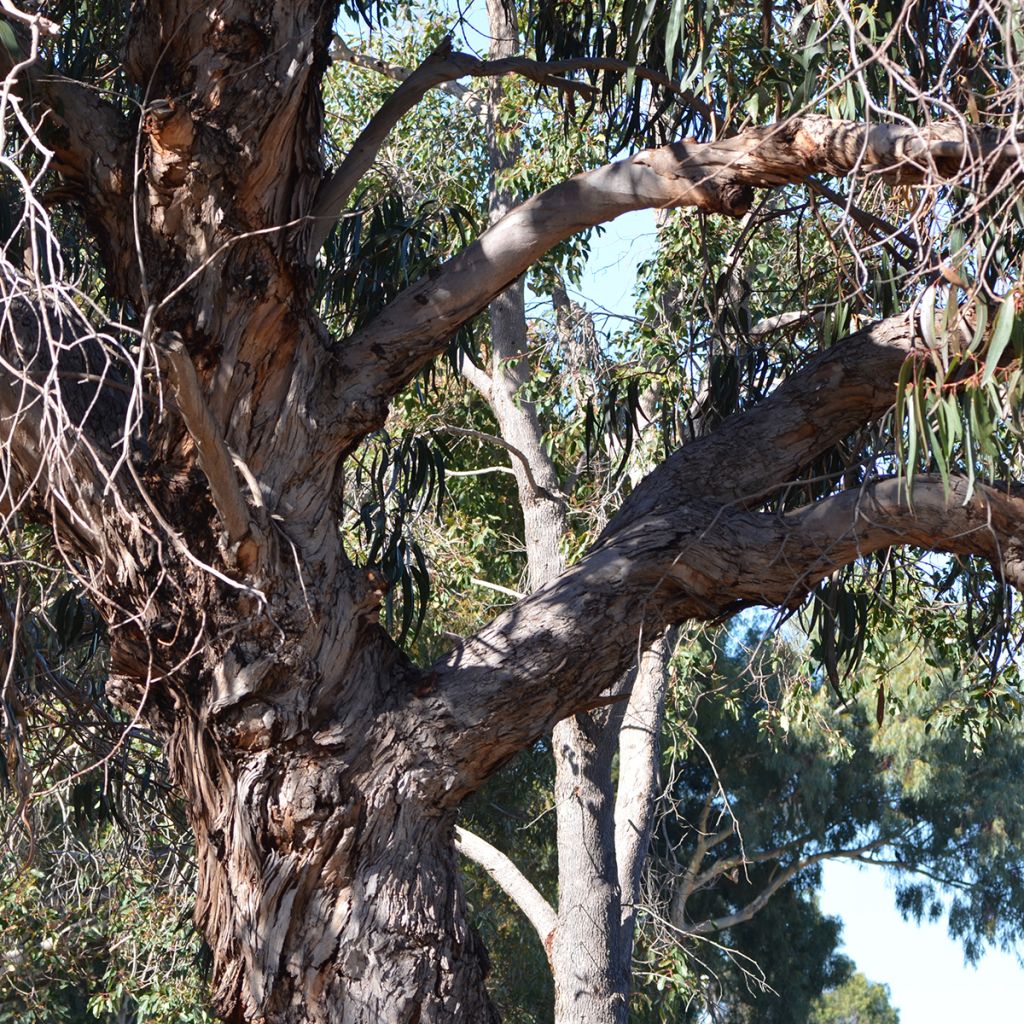

Eucalyptus globulus subsp bicostata
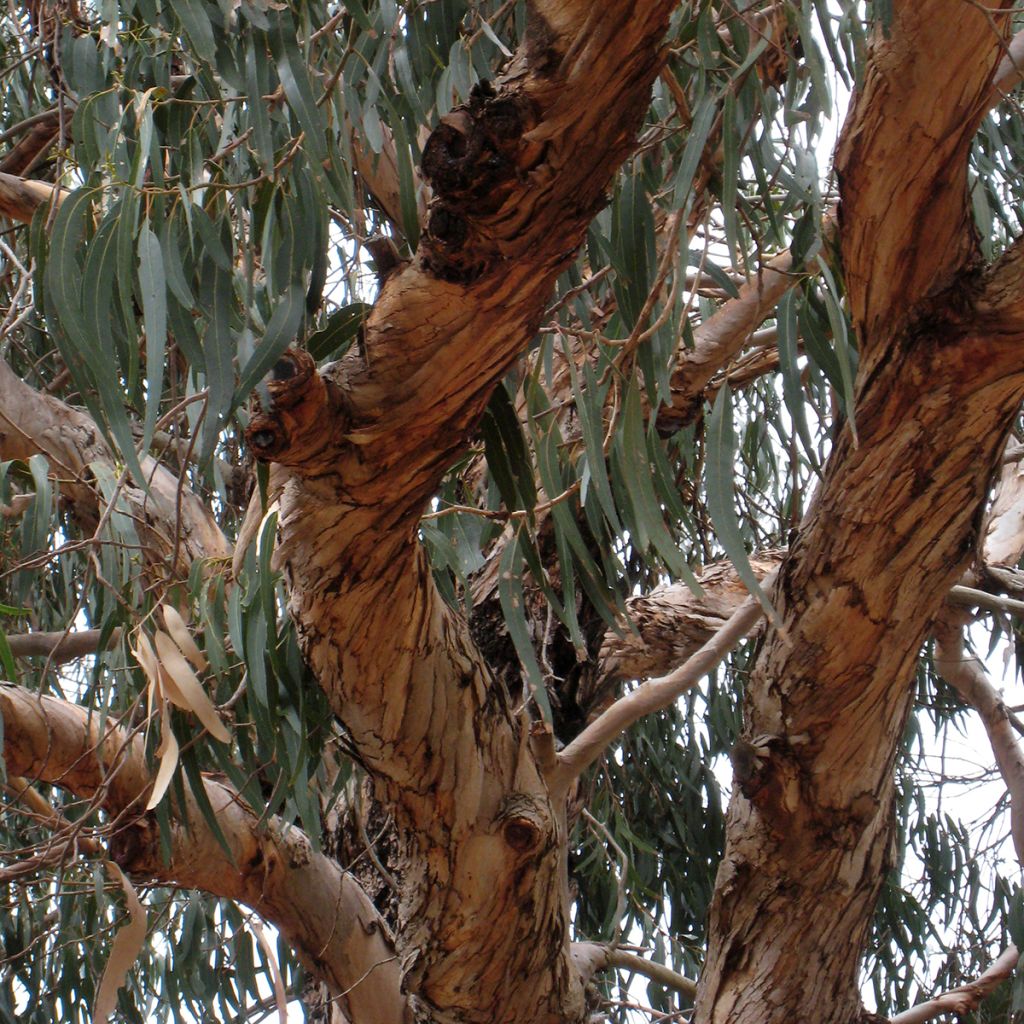

Eucalyptus globulus subsp bicostata
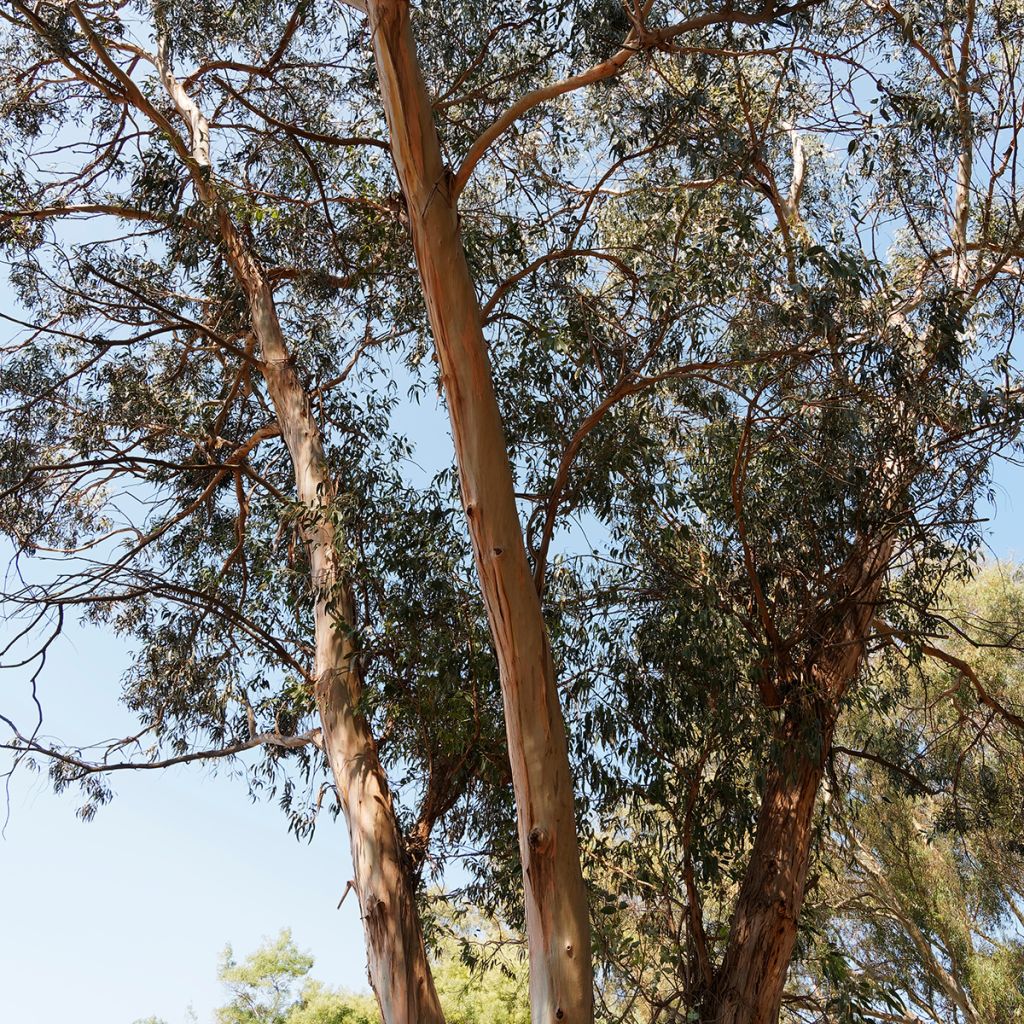

Eucalyptus globulus subsp bicostata
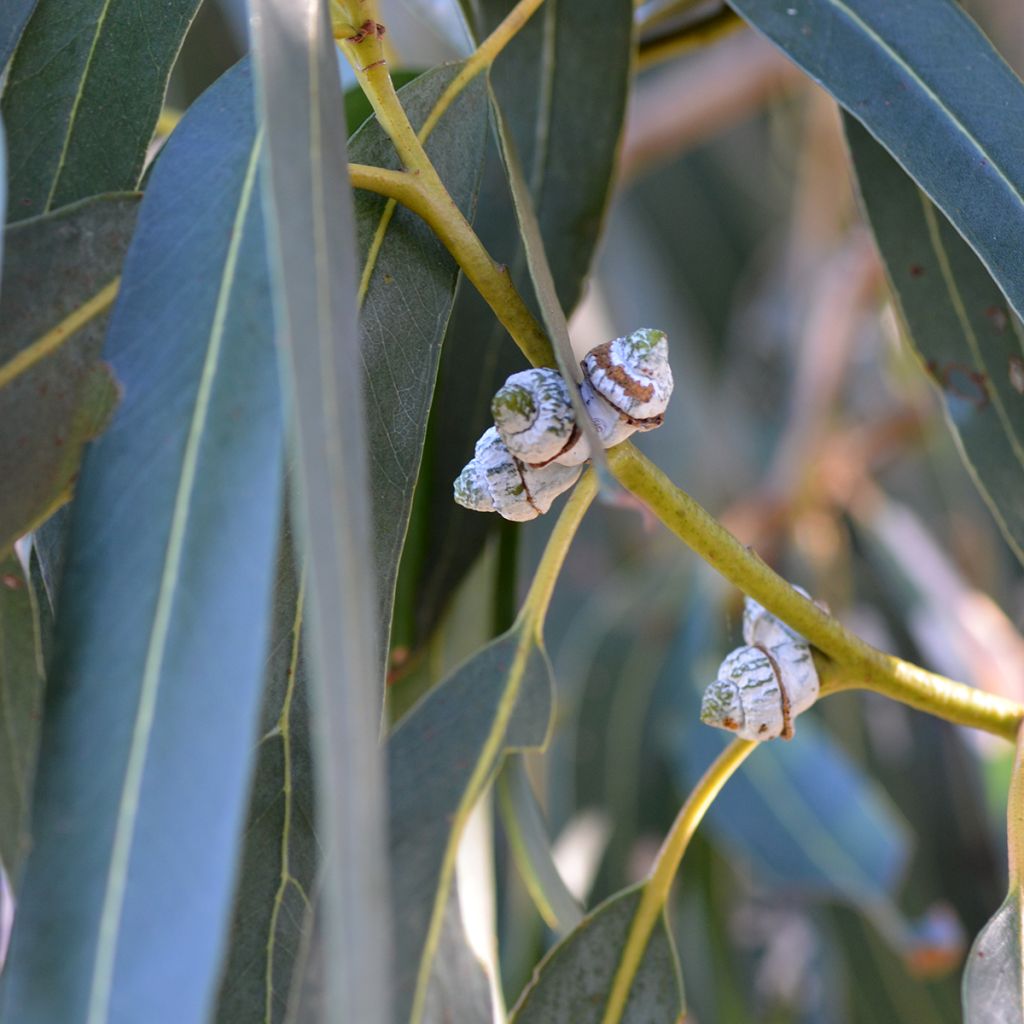

Eucalyptus globulus subsp bicostata
Eucalyptus globulus subsp bicostata
Eucalyptus globulus subsp. bicostata
Eurabbie
Special offer!
Receive a €20 voucher for any order over €90 (excluding delivery costs, credit notes, and plastic-free options)!
1- Add your favorite plants to your cart.
2- Once you have reached €90, confirm your order (you can even choose the delivery date!).
3- As soon as your order is shipped, you will receive an email containing your voucher code, valid for 3 months (90 days).
Your voucher is unique and can only be used once, for any order with a minimum value of €20, excluding delivery costs.
Can be combined with other current offers, non-divisible and non-refundable.
Home or relay delivery (depending on size and destination)
Schedule delivery date,
and select date in basket
This plant carries a 24 months recovery warranty
More information
We guarantee the quality of our plants for a full growing cycle, and will replace at our expense any plant that fails to recover under normal climatic and planting conditions.
Does this plant fit my garden?
Set up your Plantfit profile →
Description
Eucalyptus globulus subsp bicostata, synonymous with E. bicostata, is one of the large trees that populate the vast mountainous forests of southeast Australia and Tasmania. In this country, the Southern Blue Gum is a valuable forest species, with multiple uses: timber production, paper pulp production, essential oils and homeopathic medicines production, highly fragrant honey, juvenile foliage for bouquets, etc. In our country, its more ornamental stance quickly makes it a very noticeable tree in the garden, hence the choice of a location in line with its stature. Undemanding and attractive all year round, this beautiful evergreen tree is perfect installed in a large garden or a park, isolated or in groups to form a grove.
Eucalyptus globulus subsp. bicostata is a subspecies endemic to southeast Australia, particularly coastal forests and mountainous regions ranging from eastern New South Wales to the Carrai plateau, east, south and central Victoria and Tasmania. Belonging to the Myrtaceae family, it is sometimes called: Southern Blue Gum, Eurabbie or Victorian Blue Gum. Referring to the shape of the fruit, the name Eucalyptus globulus subsp. bicostata comes from the Latin globulus which means globe or ball (round fruit) and bicostatus which means two-ribbed (fruit with 2 operculums).
This eucalyptus forms a large tree, with an erect habit, a straight trunk and a conical crown. Fast-growing, in its natural space, it reaches a height of 40 to 50 m (131 ft 2 in to 164 ft) and 10 to 15 m (32 ft 10 in to 49 ft 2 in) in width. In our climates, its slightly more moderate size hardly exceeds 25 to 30 m (82 to 98 ft 5 in) in height. It generally rises on a single trunk which starts from a stump named lignotuber* located just below the surface of the soil. When young, it displays square and winged branches, carrying juvenile foliage, composed of opposite, elliptical to ovate leaves, 5 to 11 cm (2 to 4.3 in) long for 3 to 6 cm (1.2 to 2.4 in) wide, glaucous green above, waxy and whitish on the reverse. Then, as it develops, the leaves are petiolate, alternate and take a lanceolate to crescent shape, 15 to 40 cm (5.9 to 15.7 in) long and 2.5 to 6 cm (1 to 2.4 in) wide, a nice bright green. The leaves are very aromatic and give off a menthol scent when crushed, rich in eucalyptol. With age, the thick bark, peels off in long strips, revealing a smooth white or greyish underlayer. Flowering occurs from January to March, on plants a few years old. The inflorescence, arranged in the axil of the leaves, is composed of 3 floral buds gathered in a tight bouquet and blossom into small flowers with numerous cream anthers, forming a pompom about 2 cm (0.8 in) in diameter. Rich in nectar, they are very attractive to bees and birds. After flowering, the fruits, called "gumnuts", appear in the form of a woody capsule, hemispherical with two longitudinal ridges, attached to the branch without petiole. Of a beautiful whitish-grey colour, they remain attached to the stem for a long time.
This eucalyptus has a *lignotuber, consisting of a swelling rich in starch that forms on the roots just below the surface of the soil. This organ allows it to grow again from the stump in case of severe frost, fire or cutting to the ground. The plant also produces numerous shoots from dormant buds located under its bark, allowing it to respond very well to coppicing, topping or more severe pruning.
The Southern Blue Gum finds a place in a large garden planted in isolation in a clear space to appreciate the beauty of its bark and the elegance of its foliage. In order to highlight its architectural habit, it is grown on a single trunk. With a hardiness of around -7 to -9°C (19.4 to 15.8 °F), it will prefer a temperate, coastal climate, with dry to moist, well-drained soil.
Eucalyptus globulus subsp bicostata in pictures
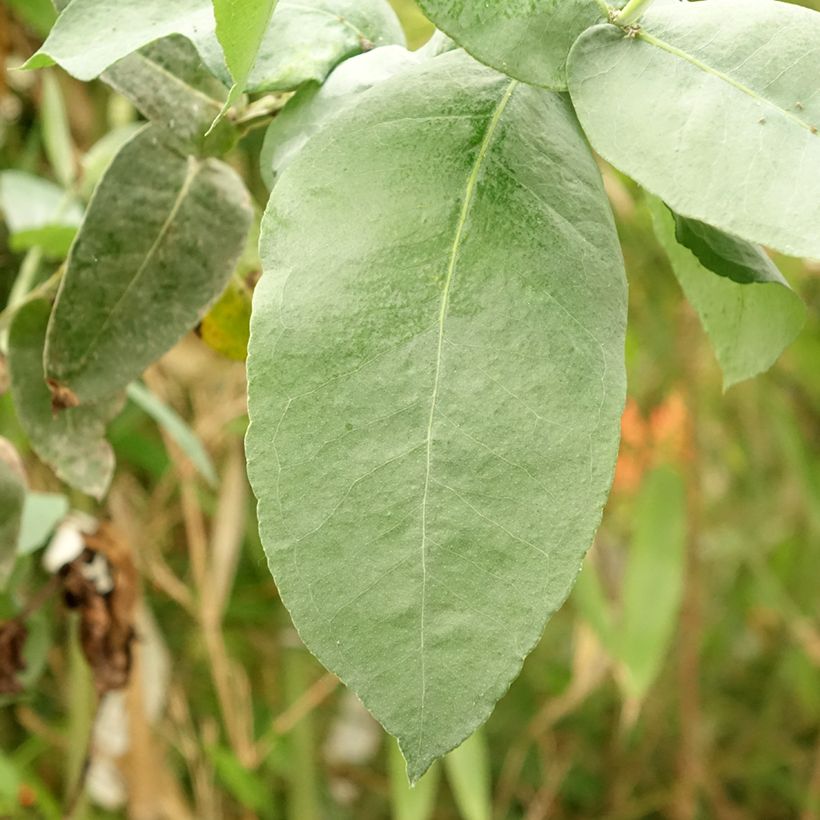

Plant habit
Flowering
Foliage
Botanical data
Eucalyptus
globulus subsp. bicostata
Myrtaceae
Eurabbie
Australia
Other Eucalyptus
View all →Planting and care
Eucalyptus globulus subsp. bicostata is best planted at the start of spring in mild and wet regions, at the start of autumn in a dry and hot climate. Plant in well-prepared soil, light and well-drained, in a very sunny situation. Clayey or loamy soils are well tolerated, but not limestone. A well-established bush is hardy down to -10 °C (14 °F) under these conditions. Young plants are more sensitive to heavy frosts, especially if the frost sets in for several days and the soil is damp. In most regions, you can plant it in the open ground, ensuring good drainage, possibly by adding coarse sand, pozzolan or gravel. Then let nature take its course, the growth is rapid.
For the first two years, continued watering is necessary, then the bush no longer needs watering in summer. Fertiliser is not recommended. Pruning is not necessary, but it is tolerated after flowering or at the end of winter if the stems have frozen. One can form the eucalyptus into multiple trunks or a single trunk, by selecting the best placed one and cutting all the others flush. And it is possible to coppice this little tree to form a large bush, the height of which you can limit.
Eucalyptus are useful for drying out damp land, as they are heavy water consumers even in winter. However, they become quite resistant to drought once well established (depending on the species and varieties).
Young plants take root most easily in the open ground. The extensive and deep root system of the Eucalyptus does not like to be disturbed and tends to form a "bun" if the young plant stays too long in its pot. Choose its location carefully.
Planting period
Intended location
Care
Planting & care advice
This item has not been reviewed yet - be the first to leave a review about it.
Similar products
Haven't found what you were looking for?
Hardiness is the lowest winter temperature a plant can endure without suffering serious damage or even dying. However, hardiness is affected by location (a sheltered area, such as a patio), protection (winter cover) and soil type (hardiness is improved by well-drained soil).

Photo Sharing Terms & Conditions
In order to encourage gardeners to interact and share their experiences, Promesse de fleurs offers various media enabling content to be uploaded onto its Site - in particular via the ‘Photo sharing’ module.
The User agrees to refrain from:
- Posting any content that is illegal, prejudicial, insulting, racist, inciteful to hatred, revisionist, contrary to public decency, that infringes on privacy or on the privacy rights of third parties, in particular the publicity rights of persons and goods, intellectual property rights, or the right to privacy.
- Submitting content on behalf of a third party;
- Impersonate the identity of a third party and/or publish any personal information about a third party;
In general, the User undertakes to refrain from any unethical behaviour.
All Content (in particular text, comments, files, images, photos, videos, creative works, etc.), which may be subject to property or intellectual property rights, image or other private rights, shall remain the property of the User, subject to the limited rights granted by the terms of the licence granted by Promesse de fleurs as stated below. Users are at liberty to publish or not to publish such Content on the Site, notably via the ‘Photo Sharing’ facility, and accept that this Content shall be made public and freely accessible, notably on the Internet.
Users further acknowledge, undertake to have ,and guarantee that they hold all necessary rights and permissions to publish such material on the Site, in particular with regard to the legislation in force pertaining to any privacy, property, intellectual property, image, or contractual rights, or rights of any other nature. By publishing such Content on the Site, Users acknowledge accepting full liability as publishers of the Content within the meaning of the law, and grant Promesse de fleurs, free of charge, an inclusive, worldwide licence for the said Content for the entire duration of its publication, including all reproduction, representation, up/downloading, displaying, performing, transmission, and storage rights.
Users also grant permission for their name to be linked to the Content and accept that this link may not always be made available.
By engaging in posting material, Users consent to their Content becoming automatically accessible on the Internet, in particular on other sites and/or blogs and/or web pages of the Promesse de fleurs site, including in particular social pages and the Promesse de fleurs catalogue.
Users may secure the removal of entrusted content free of charge by issuing a simple request via our contact form.
The flowering period indicated on our website applies to countries and regions located in USDA zone 8 (France, the United Kingdom, Ireland, the Netherlands, etc.)
It will vary according to where you live:
- In zones 9 to 10 (Italy, Spain, Greece, etc.), flowering will occur about 2 to 4 weeks earlier.
- In zones 6 to 7 (Germany, Poland, Slovenia, and lower mountainous regions), flowering will be delayed by 2 to 3 weeks.
- In zone 5 (Central Europe, Scandinavia), blooming will be delayed by 3 to 5 weeks.
In temperate climates, pruning of spring-flowering shrubs (forsythia, spireas, etc.) should be done just after flowering.
Pruning of summer-flowering shrubs (Indian Lilac, Perovskia, etc.) can be done in winter or spring.
In cold regions as well as with frost-sensitive plants, avoid pruning too early when severe frosts may still occur.
The planting period indicated on our website applies to countries and regions located in USDA zone 8 (France, United Kingdom, Ireland, Netherlands).
It will vary according to where you live:
- In Mediterranean zones (Marseille, Madrid, Milan, etc.), autumn and winter are the best planting periods.
- In continental zones (Strasbourg, Munich, Vienna, etc.), delay planting by 2 to 3 weeks in spring and bring it forward by 2 to 4 weeks in autumn.
- In mountainous regions (the Alps, Pyrenees, Carpathians, etc.), it is best to plant in late spring (May-June) or late summer (August-September).
The harvesting period indicated on our website applies to countries and regions in USDA zone 8 (France, England, Ireland, the Netherlands).
In colder areas (Scandinavia, Poland, Austria...) fruit and vegetable harvests are likely to be delayed by 3-4 weeks.
In warmer areas (Italy, Spain, Greece, etc.), harvesting will probably take place earlier, depending on weather conditions.
The sowing periods indicated on our website apply to countries and regions within USDA Zone 8 (France, UK, Ireland, Netherlands).
In colder areas (Scandinavia, Poland, Austria...), delay any outdoor sowing by 3-4 weeks, or sow under glass.
In warmer climes (Italy, Spain, Greece, etc.), bring outdoor sowing forward by a few weeks.






























